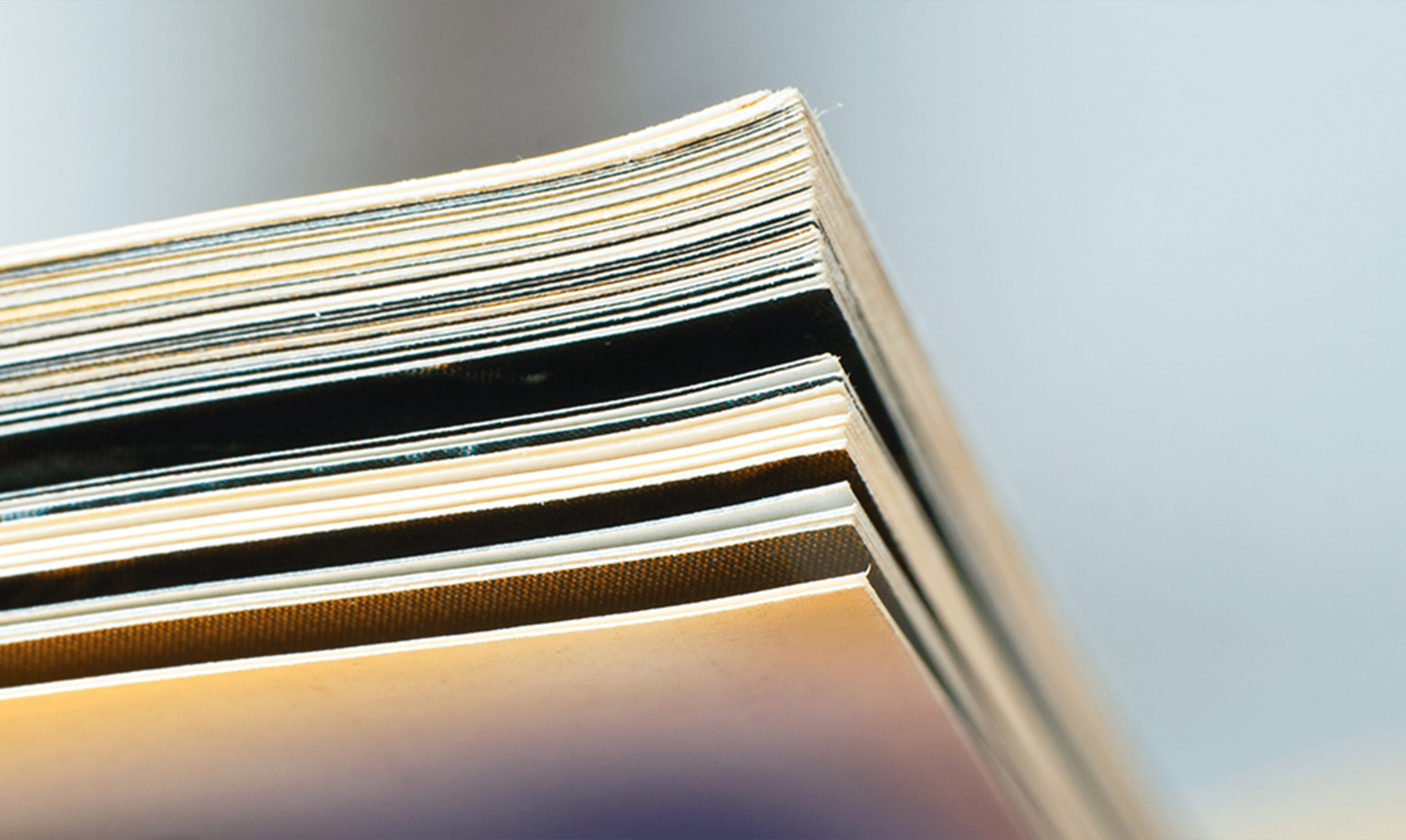Last week, we alerted you that the Federal Circuit Court of Appeals called all recent final inter partes review (IPR) decisions into question. Today, we alert you to increasing uncertainty in the wake of the Arthrex v. Smith & Nephew, et al. decision.
Within a week of Arthrex, the Court of Appeals was faced with a number of requests for its IPR rehearing remedy. In Bedgear v. Freedman Brothers Furniture Co., a new panel of the Court of Appeals granted another IPR the rehearing remedy because Arthrex required it. Nonetheless, a concurrence by two of the three judges on the Bedgear panel disagreed with Arthrex’s IPR rehearing remedy.
In Arthrex, a panel of the Court of Appeals suggested many recent IPR decisions may be subject to rehearing. After finding that administrative patent judges (APJs) had been unconstitutionally appointed, the panel eliminated the appointment problem prospectively by interpreting the law to allow the Patent Office Director to dismiss APJs without cause. Arthrex remedied the related problem that the APJs’ IPR decision at issue was unconstitutionally derived by remanding the IPR for rehearing by different APJs.
In a concurrence, two judges on the Bedgear panel called the rehearing remedy incorrect. According to them, Arthrex’s elimination of the unconstitutional appointment of APJs was “necessarily retrospective.” In other words, the “statute … must be read as though the APJs had always been constitutionally appointed.” In their view, IPR decisions “should … not [be] vacated for a new hearing before a different panel” of APJs.
The disagreement among the Court of Appeals judges indicates that Arthrex will likely be reconsidered by the Court of Appeals as a whole and possibly by the Supreme Court. If the Bedgear concurrence position prevails, it is unclear how the Patent Office should handle the IPRs that were remanded. If the Arthrex position prevails, the concurring Bedgear judges foresee another uncertainty problem: When does Arthrex’s elimination of the APJ appointment problem become effective such that APJs are empowered to render constitutional decisions?
In other words, it is uncertain whether APJs are now empowered to render constitutional decisions or their decisions continue to suffer from a constitutional defect. It is now uncertain whether an appointments clause challenge will entitle a party appealing an IPR decision to any remedy. And it also is uncertain how the Patent Office should now handle pending and remanded IPRs.
